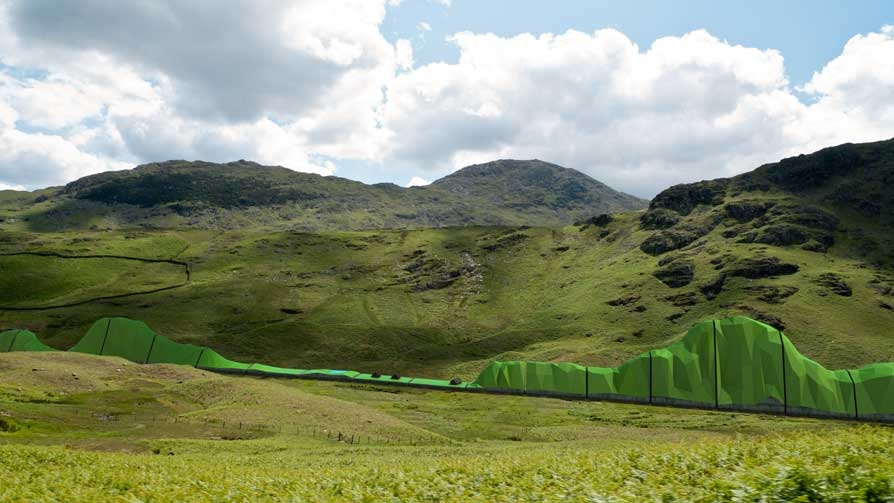What will you prize most in the future? Limitless reserves of energy and a life of luxurious ease? Your status as part of a fast-moving information network? A strong, self-determining community, independent of central control? Or biotechnological advances that will allow you to live in harmony with the natural world?
In United Micro Kingdoms, Anthony Dunne and Fiona Raby imagine a future England in which such considerations have evolved from lighthearted issues of consumer choice into the fierce, defining credos of four geographically divided social groups, respectively the Communo-nuclearists, Digitarians, Anarcho- evolutionists and Bioliberals. For each group, their prize comes at a cost: high quality of life and limitless energy require both risky technology and strict population control, participation in a rapid information network entails a loss of privacy, self-sufficient communtarianism is physically demanding, biotech is smelly and slow, and so on.
United Micro Kingdoms is a ‘design fiction’; part of an emerging field in which future or parallel worlds are dreamed into being to inspire and test new ideas in design. Created by two of Europe’s most radical and influential design educators – Dunne heads up Design Interactions at the RCA, London; Raby, Industrial Design at the University of Applied Arts, Vienna – the research behind United Micro Kingdoms reflects the multidiscipli- nary ethos that they bring to their pedagogic work. Consultants for the exhibition include professors of bioethics, international relations and synthetic biology, and the result is a design project that has more evident kinship with the works of Margaret Atwood and China Miéville than it does with traditional product development.
As fruit for an exhibition, herein lies the rub. However much research they feed into the development of their fantastical worlds, writers of literary fiction can rely on their readers’ imaginations to fill in great quantities of detail. When Atwood introduces us to the pungent pigoon or laboratory-bound ChickieNob, she need specify only enough to make them live in the mind. This is not a luxury afforded within the world of design fiction, where the decor in the synthetic kingdoms is submitted to the same rigorous testing that it would be in the real world. In literary fiction, you can create an object with a few words; in design fiction it will take months of development to achieve even a model in miniature.
Dunne and Raby’s ambitious, beautifully researched project translates into a half-dozen exhibits: a city-size nuclear-powered train, digital car-pods, super-evolved humans and animals, a mass-transport bicycle and bio-gas- powered vehicles. Each is immaculately rendered, but none more than 20cm high. The demands of the genre necessarily make this feel like a first gesture – the opening salvo of a project that could occupy them for a lifetime. Not evident fruit for an exhibition, but a fascinating peephole into an emerging discipline, nevertheless.
This review originally appeared in the September 2013 issue.
